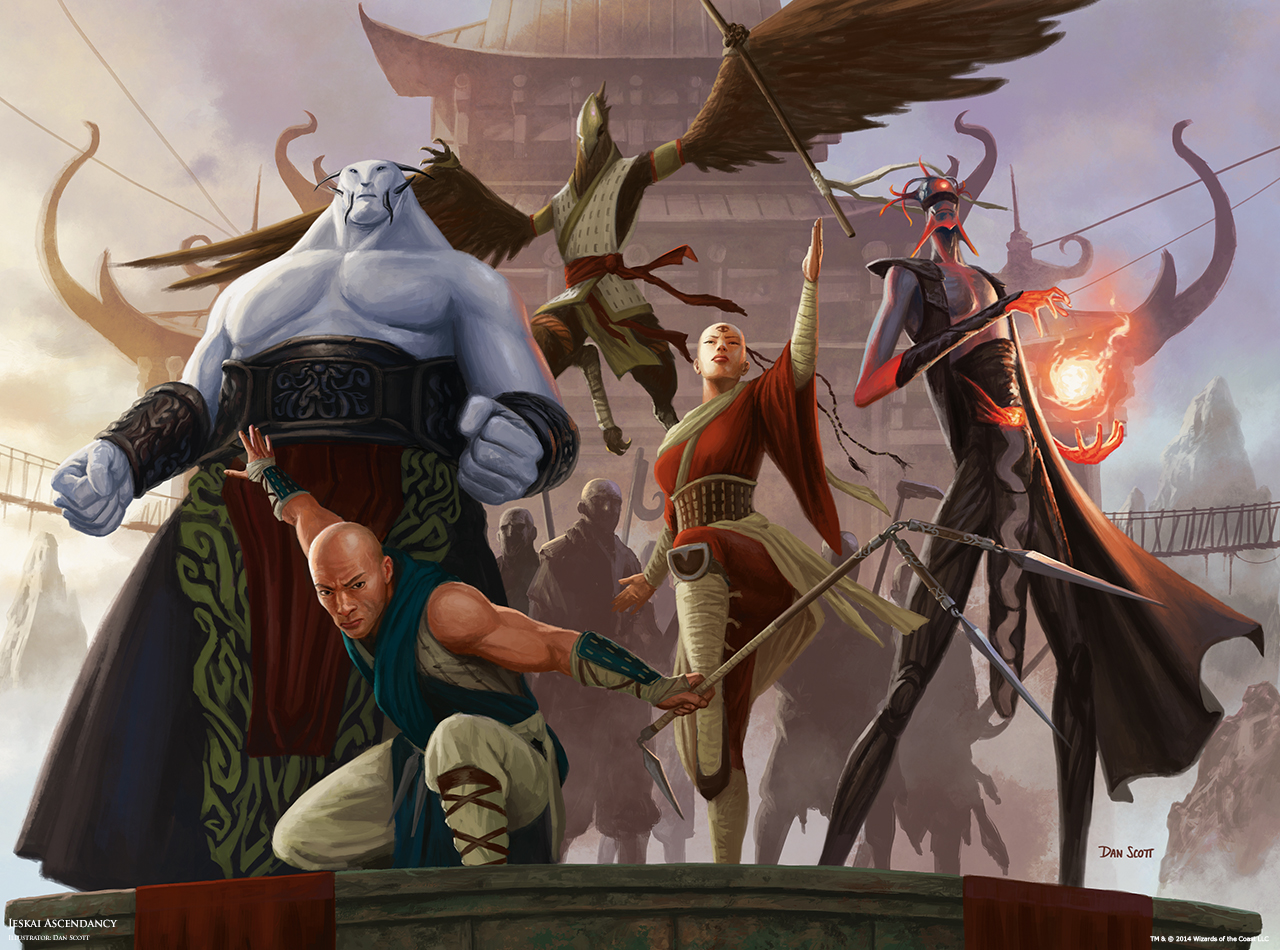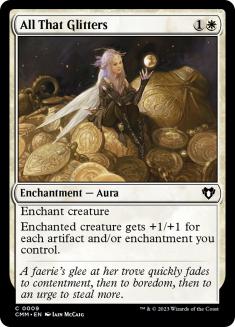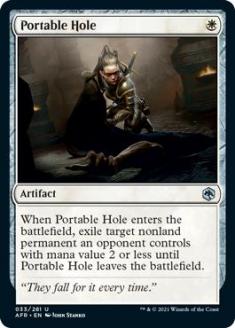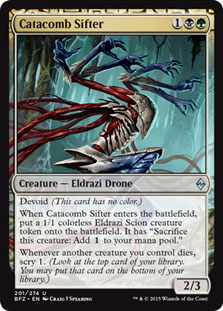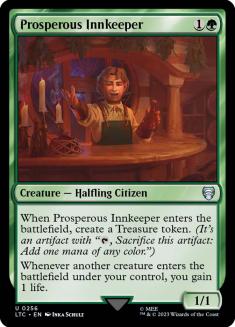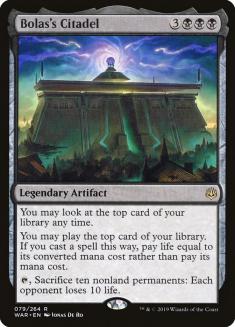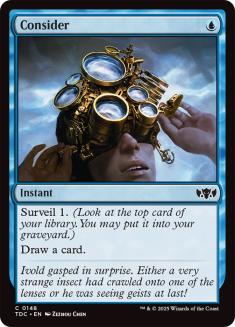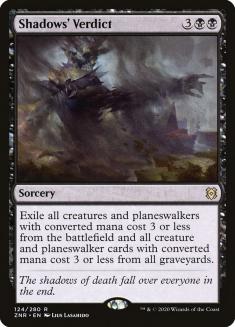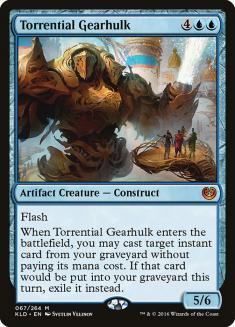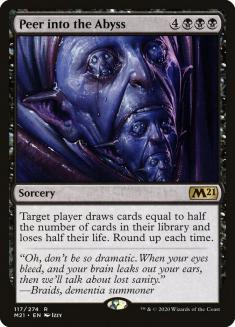I don’t know exactly how or why, but it appears that Pioneer, the format that generated so much excitement two years ago before it was left for dead when COVID-19 forced competitive Magic to go entirely digital, has been showing signs of life recently. Interest in the format is increasing, and those who took the plunge back in early have been singing the format’s praises as it has plenty of interesting gameplay and a varied, dynamic metagame.
But for those who are now looking to join them, the format can be intimidating. There’s no clear dominant deck in the metagame, and your list of choices is long, so I thought I’d offer a crash course with my thoughts on which of the many available decks are best. I’ve broken down the metagame by macro-archetypes: Aggro, Midrange, Control, and Combo. I’ll explain which deck I think is the best choice in each category, as well as a runner-up.
Aggro
Creatures (17)
Lands (21)
Spells (22)

Azorius Ensoul (Lurrus) is the newest player in the metagame, since it takes advantage of a couple of additions from Adventures in the Forgotten Realms, though Ensoul Artifact has been a player in Pioneer since the earliest days of the format. The classic Izzet Ensoul lists fell off once Smuggler’s Copter was banned, as there just wasn’t enough raw power for the archetype to compete.
That deck was always a prime candidate to play Lurrus of the Dream-Den as a companion since you have plenty of high-value permanents to recast, but Skilled Animator meant you couldn’t go that route without sacrificing a ton of consistency. This list solves that issue with the addition of The Blackstaff of Waterdeep. It’s a little more expensive than Ensoul Artifact, requiring three mana to cast and activate, but the fact that it doesn’t expose you to a two-for-one in the face of creature removal makes you all the more resilient.
That said, it is legendary, so I like seeing only two copies. All That Glitters comes in to offer another pump effect, and importantly one that acts cumulatively with your Ensoul effects, so your Gingerbrutes and Stonecoil Serpents can get even bigger.
The other big addition is Portable Hole, which gives the deck much-needed interaction. Playing opposing aggro matchups when on the draw with Ensoul was always tough since you want to spend your early turns setting up. But if your opponent gets ahead and then holds up removal to break up your Ensouls, it’s hard to execute your gameplan. An early removal spell to maintain parity forces them to either slow down and give you time to play around their potential interaction or tap out to regain the advantage and leave a window for you to go for a quick Ensoul. The fact that you can animate the Portable Hole itself makes this line even more dangerous, since you can go from no power on the battlefield to attacking for five on Turn 2.
Ingenious Smith also comes along to offer some much-needed card advantage and a way of generating another large threat while your opponent is worried about your big artifact creatures. Smith does an admirable job of filling the Smuggler’s Copter role as a standalone threat that still plays well with the deck’s synergies.
With these additions, Azorius Ensoul now has the necessary supporting cast to supplement its powerful core. No other aggro deck in Pioneer is capable of the powerful starts this one is, and with its added consistency and resilience, it’s ready to compete with the best decks in the format.
When you’re playing this one, the key is always going to be when you go for it. My rule of thumb has always been to jam the Ensoul if I know I’m going to get at least one hit in or force a chump block. That way even if you get two-for-one’d later you’ve generated some value in the form of damage or material. If your opponent has mana up for a removal spell, you have to judge if you’ll be able to force them to tap out for something else. If you don’t think you can, then you might as well cross your fingers and go for it. Finding the right balance here requires some experience, but when in doubt I tend to go for it, especially when you have Lurrus to recover.
My runner-up for Aggro decks in Pioneer is Mono-Black Aggro:
Creatures (25)
- 3 Bloodsoaked Champion
- 4 Scrapheap Scrounger
- 4 Dread Wanderer
- 2 Spawn of Mayhem
- 4 Knight of the Ebon Legion
- 4 Rankle, Master of Pranks
- 4 Murderous Rider
Lands (24)
Spells (11)

This is Pioneer’s cockroach deck. No matter what happens, it’ll never die. And that’s because it has a very high floor. A low curve, the best removal, Thoughtseize, and a million utility lands to mitigate flood will win plenty of games no matter what else is going on. This deck is a lot more straightforward than Azorius Ensoul since you’re not setting up many synergies beyond sacrificing and discarding recursive creatures with Rankle, Master of Pranks. Just use your mana efficiently and attack and block as appropriate and you’ll do just fine.
The major hurdle for this deck is in the sideboard. Monocolored decks tend to have weaker sideboards since they’re drawing from a smaller card pool but there are a ton of removal spells you can pick from that are relevant in different matchups. So you need to be in touch with the metagame and make sure you come prepared with the right ones for that weekend.
Honorable Mentions: Boros Wizards, Bant Spirits
Midrange
Creatures (30)
- 2 Llanowar Elves
- 3 Elvish Mystic
- 4 Catacomb Sifter
- 4 Priest of Forgotten Gods
- 4 Mayhem Devil
- 4 Gilded Goose
- 1 Korvold, Fae-Cursed King
- 4 Woe Strider
- 4 Prosperous Innkeeper
Lands (22)
Spells (8)

Much like Azorius Ensoul in the Aggro category, Jund Citadel is capable of doing much more powerful things than any other midrange deck in the metagame. Collected Company makes assembling a battlefield with a sacrifice outlet, Mayhem Devil(s), and fodder to sacrifice much easier, not to mention the card selection offered by Catacomb Sifter and Woe Strider. And if you ever land a Bolas’s Citadel at a high life total the game is likely over on the spot, especially with the addition of Prosperous Innkeeper.
I also like how versatile the threats in this deck can be. You’re able to apply enough pressure against control decks to force a response from them and you have enough creatures that generate extra bodies that spot removal usually isn’t enough. And those same creatures are equally capable of playing defense against aggressive decks until you assemble your engine and take over the game.
With power and versatility checked off, the main issue for this deck has been consistency. The manabase is heavily stretched with a triple-black spell, lots of early green, and a third color thrown in. Early manabases for this deck were filled with shocklands and that damage made Bolas’s Citadel much weaker. With Pathways and now Treasure from Innkeeper, the deck’s mana is smoother than ever, and that’s scary for the rest of Pioneer.
Dom Harvey went over this deck in great detail last week, so if you’re looking to pick it up, that’s where I’d start. The one thing I’ll add is that you shouldn’t be afraid to trim on Citadels in sideboarding, since despite its power it is a liability against Grafdigger’s Cage. Korvold can still clean up as your curve topper while not being as easy to shut down.
There are plenty of options in this category, but my runner-up here is an old favorite of mine, Izzet Phoenix:
Creatures (11)
Lands (20)
Spells (29)

Izzet Phoenix fell flat when Pioneer first arrived, yet has since established itself as a top contender as the metagame shifted from a combo-centric one to something more fair. Trading off a bunch of resources and then reloading with Expressive Iteration and Treasure Cruise is more effective than it used to be.
That’s more important than you might think, because even though the creature suite resembles that of the old Modern deck, this list isn’t nearly as explosive since it doesn’t have access to Faithless Looting or Manamorphose. You’re not transforming Thing in the Ice on Turn 3 or returning two Arclight Phoenixes on Turn 2 in this deck, instead opting for a slower, more interactive gameplan. You’re still capable of winning by Turn 5 or 6 against combo decks, but you’d rather play against small creatures to turn on your cheap removal.
Despite my history with the deck, I’m less enamored with this iteration because of that lack of versatility. Modern Izzet Phoenix had this reputation as a fast linear deck because of how impressive some of its draws could be, but could win long as well. When your opponent isn’t fearful of those starts, the deck is a lot easier to handle.
However, I’m excited about what Consider can do for this archetype, offering a second one-mana cantrip, and one that’s better than Opt at that. It may not be flashy, but Consider could easily make Izzet Phoenix the clear best deck in Pioneer. It’s going to enable faster, more consistent Phoenixes, Treasure Cruises, and Awoken Horrors and that’s what this deck needs.
Honorable Mentions: Rakdos Arcanist, Five-Color Niv-Mizzet
Control
Pioneer may be the most amenable format for diehard control players. The archetype has great tools but doesn’t have to deal with decks that are nearly as explosive or powerful as it does in Modern. There are two solid choices as far as Control decks go, and Dimir is the one I like the most:
Creatures (2)
Planeswalkers (3)
Lands (26)
Spells (29)

The choice between Dimir and Jeskai Control comes down to two things. First is the sweepers. I like Shadows’ Verdict and Extinction Event more than Supreme Verdict, since exiling is so important against Mono-Black Aggro and Lurrus of the Dream-Den. And second is Fatal Push. Jeskai plays Chained to the Rocks, but that’s not nearly as reliable as Fatal Push, and doesn’t answer creature-lands like Mutavault.
The major sacrifice you make by going Dimir is Teferi, Hero of Dominaria, but this deck doesn’t want to tap out on its main phase anyway. This is a classic, draw-go-style list that pulls ahead with the combo of Dig Through Time and Torrential Gearhulk. You do transition to more of a tapout style after sideboarding against aggro with Kalitas, Traitor of Ghet and Enter the God-Eternals but that’s what you want to be doing since counterspells are weak against aggro decks and you’ll invariably cut most of them.
When it comes to control decks, I want to play the most straightforward list I can that doesn’t have any obvious holes. With Blast Zone and Ashiok, Nightmare Muse giving you answers to pesky artifacts and enchantments, there aren’t any obvious holes here, so there’s no need to overcomplicate things. Just line up your answers appropriately and find small windows to pull ahead with card draw.
Planeswalkers (3)
Lands (25)
Spells (32)

If you’re more of a tapout fan than draw-go, I’d side with Jeskai. It still has plenty of great removal and card draw, and you get to upgrade Sinister Sabotage to Absorb. I’m more concerned about the mana consistency here, though Raugrin Triome helps a ton. Personally I like playing the draw-go style more when I go for control decks, since I’d rather react to what my opponent is doing then tap out for something and hope my opponent doesn’t have a good reply.
Honorable Mentions: N/A
Combo
Combo has the bane of Pioneer for many players, and while this part of the metagame has been appropriately nerfed, there are still some good options for my fellow combo devotees. My favorite of the bunch is relative newcomer Jeskai Ascendancy:
Creatures (8)
Lands (25)
Spells (27)

Like Izzet Phoenix, Jeskai Ascendancy was a highly touted deck when Pioneer was first announced that largely fell flat. Early lists with plenty of mana creatures were too easy to interact with when they didn’t draw Sylvan Caryatid specifically, and later lists with Sylvan Awakening were too slow, since you need seven lands in order to cast both pieces on the same turn and then have a mana left over to start the combo. Tapping out for the Ascendancy on an earlier turn would once again leave you too vulnerable.
Omnath, Locus of Creation mitigates this issue with its explosive mana generation. You may not have fetchlands, but between Growth Spiral and Fabled Passage you have enough ways to generate a pile of mana as early as Turn 4. Omnath also supplements Sylvan Caryatid by playing great defense against aggro decks, buying time to find your combo pieces. With a few spots reserved for interaction, you can play a reasonable control game early when necessary.
In slower matchups, this deck has an incredible amount of card advantage, so it can rebuild from discard or power through counterspells. Sylvan Awakening also doesn’t take many spells to create a lethal attack with Jeskai Ascendancy, so you can combo off from a low base of resources once you find the right cards.
This newest version of Jeskai Ascendancy is thus much harder to play against because they have so many options for how to play around opposing interaction. If you load up on answers for its namesake enchantment, they can power through with card advantage. If you just try to race, they can wall up and play defense until they are perfectly set up. You have to attack them from multiple angles now, and that’s a much harder task.
The runner-up is another deck that doesn’t want to die, as much as many might want it to:
Creatures (11)
Lands (23)
Spells (26)

Not much has changed here. Peer into the Abyss is the new payoff now that Underworld Breach is banned, but as long as Lotus Field is around, there’s going to be something powerful to do with it.
I have this deck behind Jeskai Ascendancy because it doesn’t have the same versatility. The mana engine takes a huge amount of deck space so you’re limited to the singleton Blast Zone and wish targets when it comes to interacting with your opponent. Even after sideboarding, you don’t have much to bring in because so much of your sideboard is devoted to those Wishes.
So as powerful as Lotus Field is, it’ll always depend on a receptive metagame. If your opponents come prepared to beat you, they will. So there may be weeks where this is a better choice than Ascendancy, but I’d rather play that deck on a consistent basis because it’s more resilient.
There are also more consistency issues here since you have less card selection to find the right pieces and more cards like Arboreal Grazer and Hidden Strings that can be complete bricks when you’re low on resources and don’t have Lotus Field on the battlefield yet. You have to mulligan most of your seven card hands that don’t have Lotus Field, Sylvan Scrying, or Strategic Planning because finding the namesake card is so important. Jeskai Ascendancy is happy to wait to find its combo piece after digging with Opts and Expressive Iterations.
Both of these are solid choices and can easily win tournaments, but I like the stability and interaction that Ascendancy offers.
Honorable Mentions: N/A
As a longtime supporter of Pioneer, I’m thrilled to see the format pick up again, and I’m hopeful that a return to paper Magic will bring even more interest now that Historic is transitioning to be digital only. At its best, Pioneer offers the interesting gameplay, varied decks, and dynamic metagame that Modern has without the burden of fetchlands regularly extending games by five or more minutes and breaking the metagame by generating powerful synergies at virtually no cost.
Magic is a better game with a format like Pioneer seeing regular high-level play.

